Pakistan wears many hats, literally
The popular expression, “keep something under one's hat” is used when something is supposed to be a secret or needs to stay hidden. But contrary to the interpretation of this proverb, a hat can reveal more about a person wearing it than conceal.
According to an independent curator of ethnographic headwear, Stacey W Miller, “hats and headdresses are a unique and powerful lens through which one can view the human experience.”
This means that a hat can reveal a person’s cultural identity, their power, prestige and beliefs. The material of headwear can hint at the type of climate a person lives in, the embellishments can give clues of the person’s status, the shape can give away the tribal/cultural identity while colours and other elements say a lot about a person’s religious affiliations and values.
Pakistan is home to hundreds of different tribal cultures, all of which have their unique kinds of headwear and hats. M Huzaifa Nizam, founder of a history website, Industales.com, took it upon themselves to list and describe the various ethnic headwear worn by some groups in Pakistan.
Establishing the historical presence of hats in Pakistan, Nizam said in a tweet, “The ancient nations which inhabited modern Pakistan have had a history of depicting headwear in their own art. The ornament ribbon headband of the Indus Priest King (4000 years old) and turbans in Gandharan art (2000 years old) are testament to this long tradition.”
Here’s a list of some of the most widely worn headwear in Pakistan.
Chitrali Cap – Pakol
One might know the Pakol from Chitral the best. The hat has made appearances at some of the most iconic times in the country’s history. Princess Diana donned the Pakol when she visited Pakistan in the 90s. The Duke and Duchess of Cambridge Prince Willian and Kate Middleton followed Diana’s footsteps and wore the Pakol on their trip to Chitral during their 2019 visit to Pakistan.
“It is arguably the largest cultural symbol of the Chitralis. So much so that every dignitary who ever visits Chitral often adorns the cap usually with its signature plume which we reserve for festive occasions,” said Nizam in one of his tweets.
Gilgiti Cap – Pakhui
Made of sheep wool, Pakhui is a handmade cap traditionally worn by grooms in Gilgit Baltistan. The soft and round topped white hat has a feather attached at the front. It if often presented to guests in the region because of its elegance and unique look.
A Pakhui might look similar to a Pakol but the major difference is that “it is unstitched and forms a thicker roll.”
Balti Cap – Nating
“The last variant of the rolled brimmed hats is the Nating. Worn by the Balti people of Gilgit Baltistan, it has a unique shape compared to its other two sister hats and is often also worn by the Baltis during their glorious festive occasions,” said Nizam in his tweet.
Pashtun Turban – Patkae or Lungae
Consisting of seven meters of cloth, the turban is worn by the Pashtun people of Pakistan and Afghanistan. A symbol of pride and the centre of many Pashto proverbs, a turban is “wrapped around an embroidered hat with one loose end.”
Punjabi Turban – Pagri
A Punjabi pagri consists of two pieces, a kulla and a lungai. The lungai is a mono-colour cloth wrapped around a kulla – the inner hat. The pagri has a prominent crest and a tail. “It is just as much a symbol of honour and not only features in proverbs and poetry, but also has played a role in anti-colonial Punjabi politics of the 20th century,” said Nizam.
Sindhi Cap – Sindhi Topi
One of the most iconic symbols of Sindhi culture, a Sindhi Topi is a cylindrical skullcap with an arch shaped cut-out on the frontal side. Often worn with a Ajrak, the hat is embroidered with intricate geometrical designs with small pieces of mirrors or gemstones sewed into it.
Jinnah Cap – Karakul
“Though not indigenous to Pakistan, the Central Asian Karakul cap enjoyed extreme popularity in Pakistan during the initial three decades of independence due to its usage by the founder and later heads of the state. The making is now a dying art in Pakistan,” Nizam described the Jinnah cap in his Twitter thread.
Women’s hat from Northern Pakistan –Khoi
A Khoi is a pillbox hat with colourful embroidery and heavy silver jewellery attached to the front. It’s worn by women in Northern Pakistan on festive occasions. “It is know as Khoi in Chitral with other regional names throughout Gilgit Baltistan.”
Women’s hat from Kalash – Kupas
“The Kupas is a large and possibly the most unique headwear in the entire thread. It is embroidered with beautiful designs and decorated with various beads and shells and usually worn on the religious festivals of the Kalashas,” wrote Nizam.
Are there any hats indigenous to Pakistan that you would like to see on this list? Tell us in the comments below.
For the latest news, follow us on Twitter @Aaj_Urdu. We are also on Facebook, Instagram and YouTube.








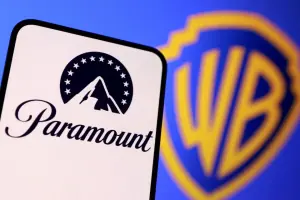
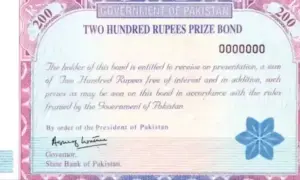
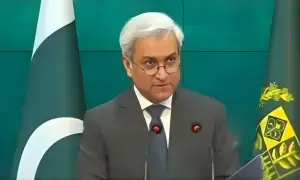


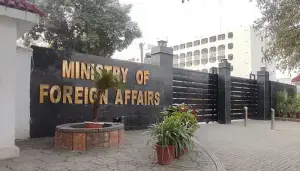

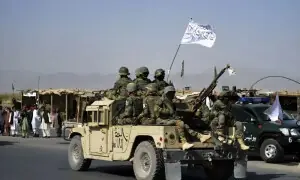

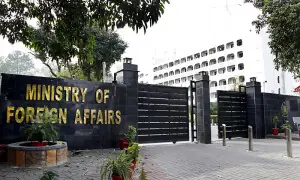


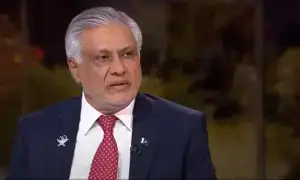
Comments are closed on this story.